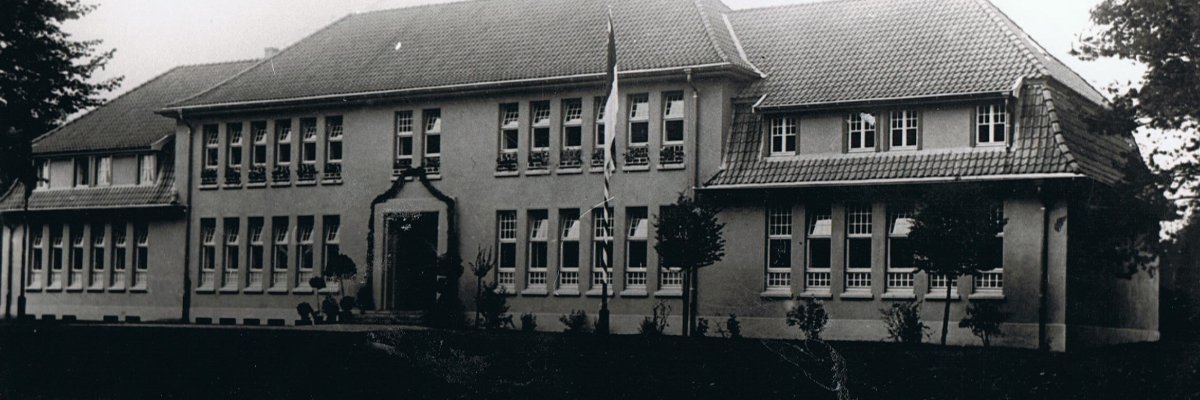
The Buterland School is one of the oldest schools in Gronau. It was first mentioned in documents in 1718. On June 28, 1718, in a hearing before the Horstmar notary Johann Rotgerd Albers, the Burgmänner von Nienborger explained the boundary of the dominion of Gronau, where they currently held hunting rights.
The founder of the former school was Stephan Daniel Busch, a former "field preacher" in the army of Bishop Christoph Bernhard von Galen. He became Gronau's first Catholic priest after the Reformation in 1674. In his efforts to revitalize Gronau's Catholic community, he quickly donated a house, garden and farmland as the grounds for the Catholic "Butterland School", located just outside Gronau on today's Schäferweg. The first schoolmaster was Sylvester Brandt, a former surgeon. He taught school in Buterland until he was very old, as there was no pension at the time. The local Gerhardus Leving was then placed at his side and later became his successor. He had just under 25 pupils in winter and only 5 to 6 pupils in summer. The Levings provided the teachers in Buterland for three generations in succession. Teaching took place in a single room, initially in the old school building, later in the Levings' neighboring Kötterhaus.
In 1839, the new school is built at its current location and put into operation. The cost of the new building, which includes a classroom and a teacher's apartment, amounts to 1216 thalers and 17 silver groschen. Teacher Bernzen from Dömern, 31 years old and a bachelor, has 84 pupils, fewer in the summer because the children are needed to help in the fields, with the cattle and with cutting peat.
Bernzen's successor Bernhard Averdick from Datteln submits a transfer request to the government after just two years of working at the Buterland School. He and many colleagues come and go, because even with the greatest thrift they cannot survive on their low earnings.
In 1883, part of the teacher's apartment is converted into a second classroom. From 1884, the Buterland School is a two-class elementary school. One year later, Theodor Eimann from Warendorf, a candidate for the school board, becomes the second teacher.
In 1892, the name of a female teacher appears in the list of colleagues for the first time. At this time, two teachers were teaching 229 pupils.
Until 1898 it was still attributed to the Epe area.
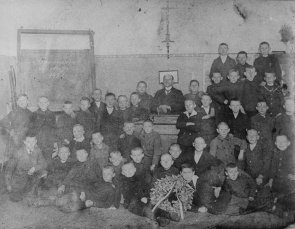
In 1901, Josef Schwering, parish priest of St. Antonius Gronau from 1851 to 1902, appointed Maria Langenhorst from Darfeld as local school inspector.
The year 1910 then brought a turnaround in the need for new schoolrooms. At a cost of 20,000 marks, a new two-classroom school with a teachers' room is built opposite the old school, exactly on the present site. Everyday school life now takes its regular course until the outbreak of the First World War brings new difficulties. During the First World War, lessons are held from 7 a.m. to 12 noon in summer and from 8.30 a.m. to 1 p.m. in winter.
In the post-war years, the number of pupils increases again. In 1929, the two-classroom school is extended by 4 classes at a cost of 97,000 Rentenmark. This gives the Buterland School its present appearance. The principal is Karl Schliebs. Each teacher teaches an average of 52 children.
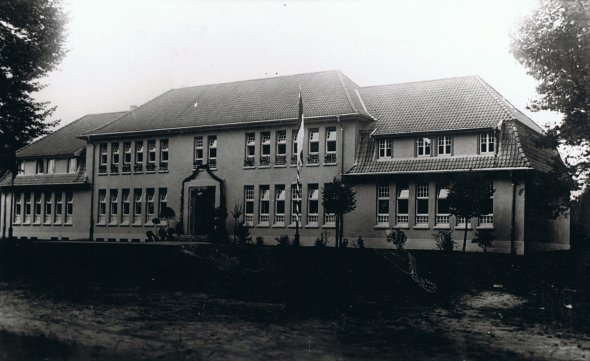
Before the Second World War, school life at Buterland School was also permeated with National Socialist ideas. During the war years themselves, supply difficulties affected the work of pupils and teachers. At Easter 1945, heavy artillery fire caused many Buterlanders to fear for their lives in the school's air-raid shelter. The first graves of fallen German and Allied soldiers are found in the nearby school woods. After months of closure, the Buterland School resumes classes on October 15, 1945. Principal Aloys Seyock is the first principal after the war. The school lacked the bare necessities. The children receive school meals donated by the aid organization CARE. The school now has 473 pupils, taught by 9 teachers in 6 classrooms.
At the beginning of the 1950s, class sizes were between 60 and 70 pupils.
In 1960, the school is renovated and takes on its current appearance.

In 1963, the town of Gronau builds the Ludgerusschule on Eichenhofstraße to relieve the Buterlandschule. The school now has two buildings in which a total of 429 children are taught.
1968 brings a profound change to the primary school system in our country, namely the conversion of the old elementary school into elementary school (grades 1-4) and secondary schools (grades 5-9, later grades 5-10). The Buterland School becomes an elementary school and remains in the Buterland building with 272 pupils. The Hauptschule (West) is given the Ludgerus building, as well as the building of today's Martin Luther School.
Another innovation in the school system is the introduction of school kindergartens, in which school-age children who are not yet ready for school are guided to school readiness in a variety of ways. In 1970, a school kindergarten is added to the Buterland School, which is also attended by pupils from the Martin Luther and Wilhelm Schools.
In 1980, the Ludgerusschule becomes part of the Buterlandschule again after the Hauptschule West moves out. It now has two buildings again. Enscheder Straße separates the northern and southern catchment areas.
On August 1, 1982, the school introduced the full 5-day week. While children and teachers initially had one and then two Saturdays a month off, they were now able to enjoy Saturdays off school all the time.
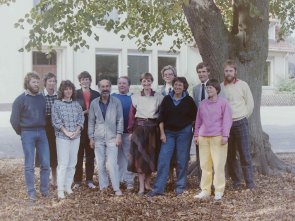
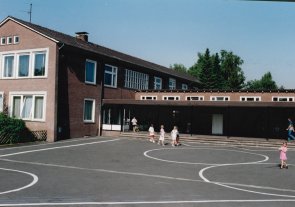
In 1986, the school sponsors an SOS Children's Village in El Salvador.
At the beginning of the 1989/90 school year, the new pupils learn the printed script and then the "simplified initial script". This means saying goodbye to the "Latin alphabet" they have been familiar with for decades.
A remarkable date for all elementary school in the Gronau district is September 6/7, 1990, when a parents' initiative initiates a vote among parents to convert the Protestant and Catholic denominational elementary school into community elementary school. All six elementary school, including the Buterlandschule, are run as community schools from the start of the 1992/93 school year.
In April 1991, the Buterland School organizes a so-called "project week" for the first time. It is aimed at preparing for participation in the "Gronau School Culture Days" in May 1991. The staff decide to create a school garden, which had already existed decades ago at the old elementary school.
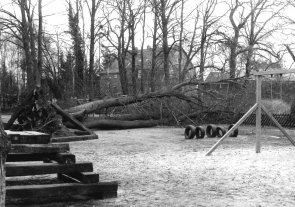
In the 1992/93 school year, the effects of the much-discussed "Kienbaum report" and the resulting cost-cutting measures of the state government are felt for the first time. In the previous school year, the Buterland School had been able to form 3 entry classes of 19 pupils each with 57 new pupils, but then it was necessary to set up two large classes with 29 and 28 children respectively, also with 57 new pupils.
In November 1992, a violent storm swept over Gronau and Buterland - once again. Once again, one of the 13 "time-honored" lime trees, in the middle of which the old Buterland school had stood until 1950, was hit.
The focus of the 1992/1993 school year is the celebration of the 275th anniversary.
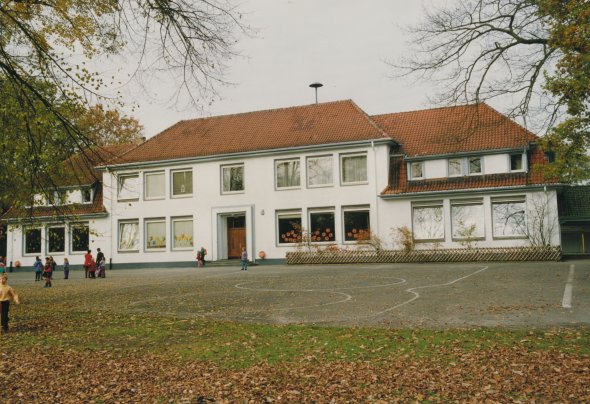
Since 1998, primary school lessons have mainly taken place in the Buterland School. A new building has even been inaugurated for this purpose.
For some time now, the year groups have been extended by one class and the Buterland School is now a three-form entry school, as it was in the distant past.
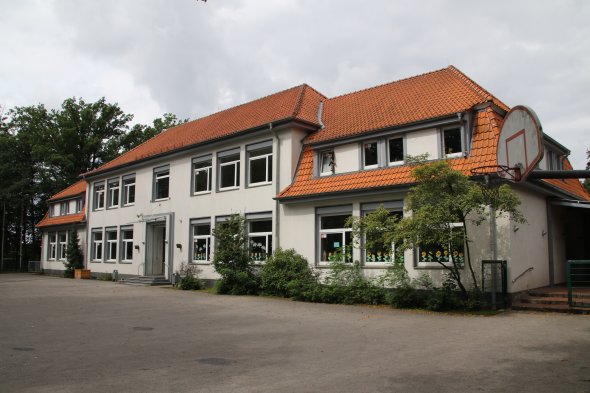
School life has changed over time. The Buterland School is a place of learning and living together. Pupils should feel at home in this place. They should also have fond memories of their time there later on. The building of "their" Buterland School should be familiar to them.
The old building, the main features of which were built over 100 years ago, will soon have to make way for a new building. Nevertheless, we as a school can happily say that this building has provided education and joy to young people for many generations.
